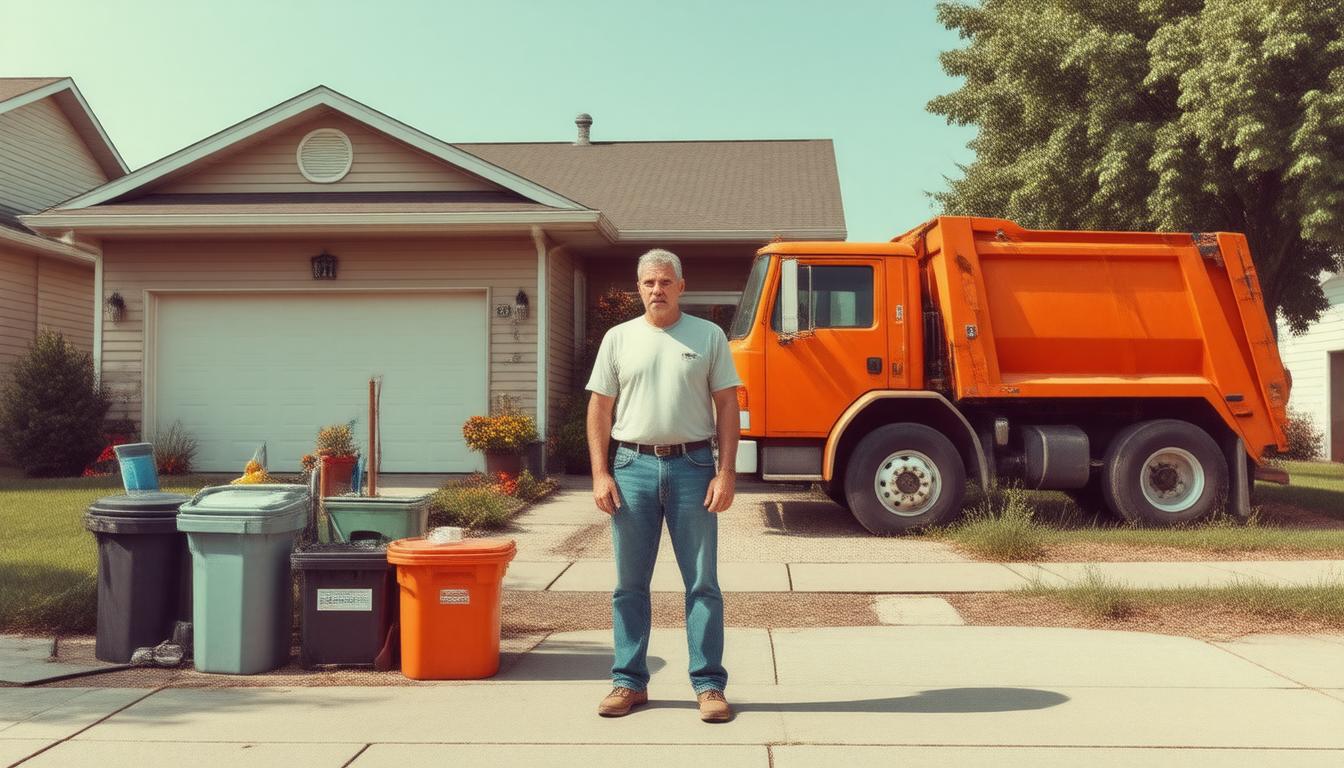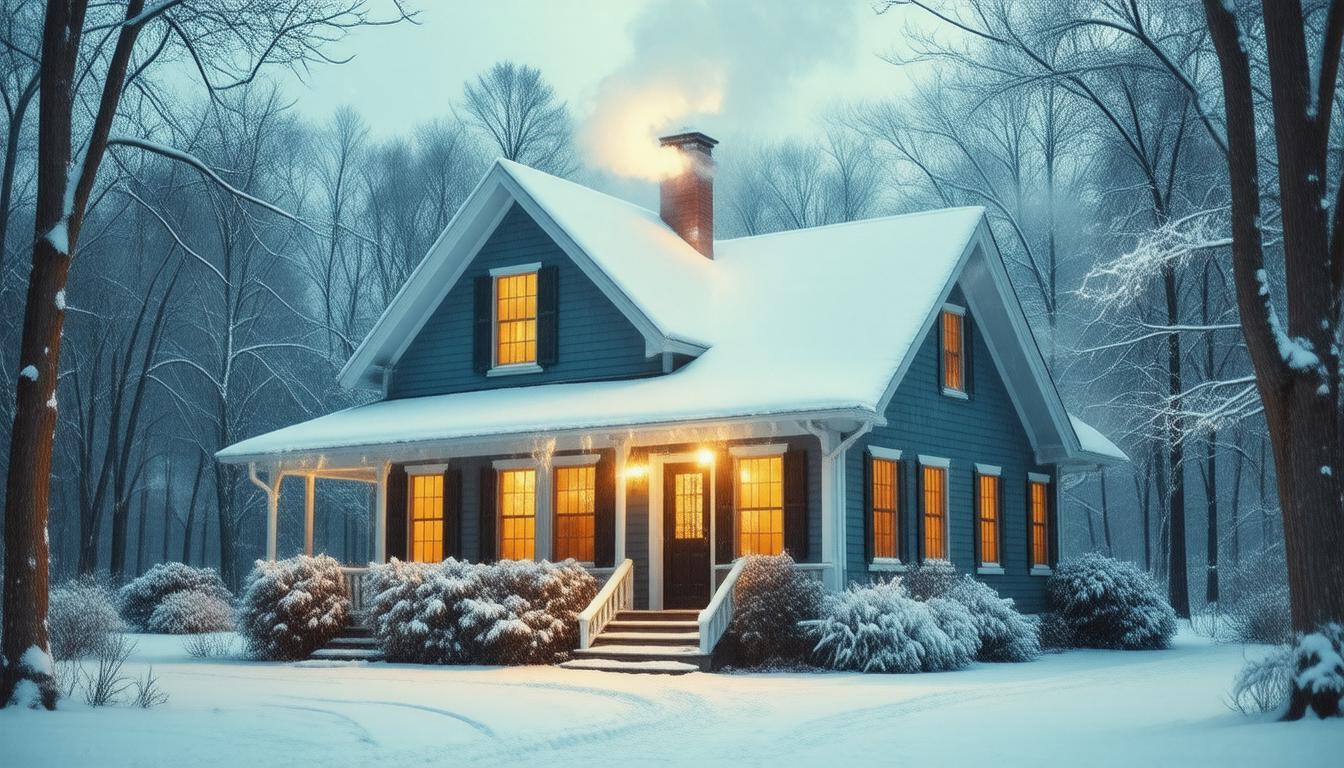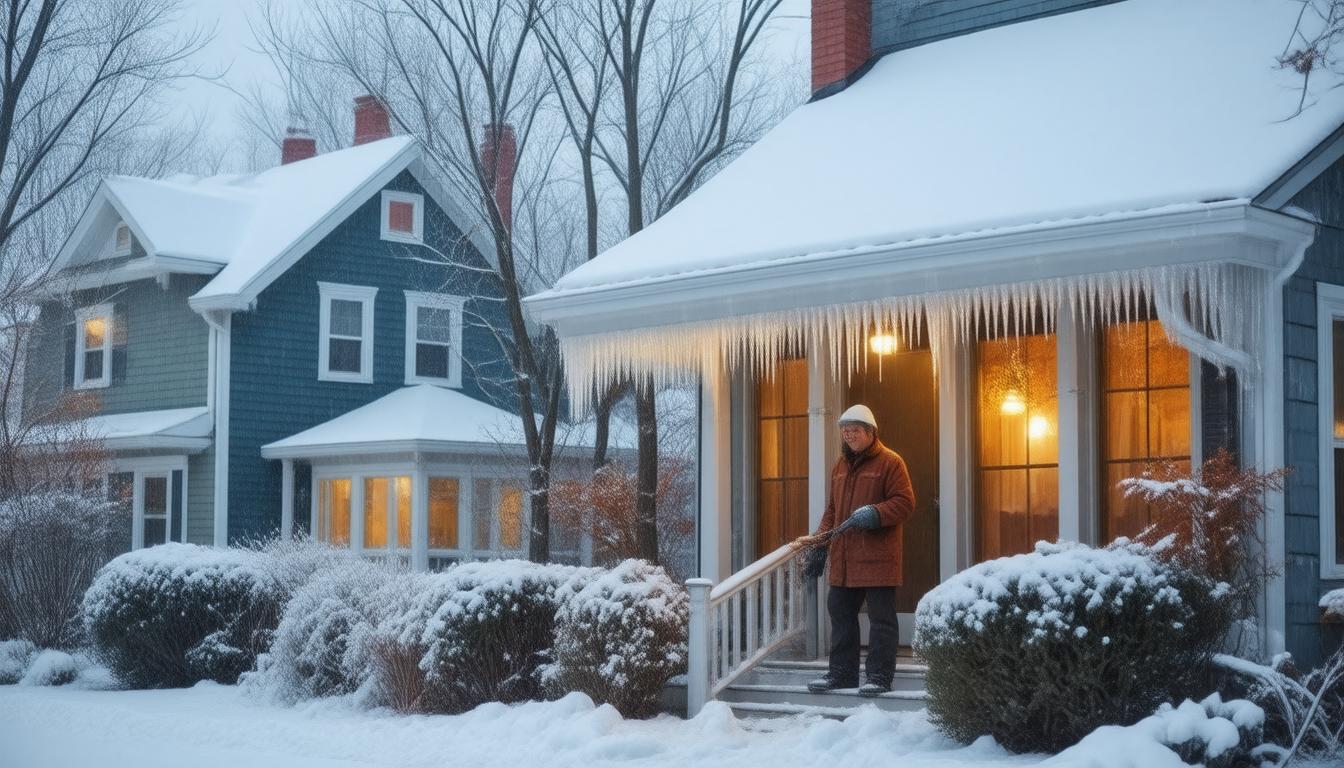
Before diving into the process of selecting new siding for your home, it’s essential to learn about the materials available on the market. There are several popular options to consider, each with its unique advantages and aesthetics.
Vinyl Siding: This is a cost-effective and low-maintenance choice that comes in a plethora of colors and styles. Vinyl is durable and resistant to pests and rot. However, it can crack under extreme temperatures and may fade over time.
Wood Siding: For a classic and timeless look, wood siding offers beauty and natural insulating properties. While it requires more upkeep to protect against weather and insects, the charm of wood siding is often worth the extra effort.
Fiber-Cement Siding: This material mimics the look of wood but with increased resistance to fire, pests, and decay. While it’s more expensive than vinyl, it is less maintenance-intensive than wood and comes with a long life expectancy.
Metal Siding: Often made from steel or aluminum, metal siding is highly durable and fire-resistant. It’s a solid choice for modern design aesthetics and is particularly beneficial in areas prone to severe weather.
Brick and Stone Veneer: These options offer a classic and high-end look with impressive durability. However, they’re heavier and require a more substantial investment than some other alternatives.
Considering Durability and MaintenanceWhen choosing siding, think about the long-term commitment to upkeep. Some materials may require regular painting, staining, or sealing to maintain their appearance and durability, while others, such as vinyl and fiber-cement, are designed to be low-maintenance.
Weather Resistance: Consider your local climate. If you live in an area with severe weather conditions—be it heavy rain, hail, or extreme heat—your siding needs to stand up to these forces without extensive damage.
Insulation and Energy Efficiency: The right siding can contribute to your home’s overall energy efficiency. Insulated options, such as insulated vinyl or wood, can help to keep your home comfortable and lower energy costs.
Aesthetic Appeal and Home ValueYour home’s siding contributes significantly to its curb appeal. The material and color you choose should complement your home’s architectural style and the surrounding landscape. Take into consideration current trends but also keep in mind that classic choices are more likely to enhance your home’s resale value in the long run.
Color Choices: The color of your siding should blend harmoniously with your roof, trim, and doors. While bold colors can make a statement, neutrals tend to appeal to a broader range of tastes and withstanding the test of time.
Texture and Profiles: Siding comes in various textures that can mimic other materials, such as wood grain or smooth surfaces. The profile, or the way the siding is cut and installed, can also impact the look of your home. Traditional lap siding, shingles, or vertical panels can change the visual dynamics of your home’s exterior.
Budget ConsiderationsCost is always a critical factor. While you may desire a high-end look, it’s important to align your choice with what you’re willing to invest. Don’t forget to factor in installation costs, potential repair, and long-term maintenance. Cheaper upfront costs might lead to higher expenses over time, and inversely, a higher initial investment might save money in the long run with reduced maintenance and better durability.
Financial Planning: Be realistic about your budget and seek out several quotes from contractors. Make sure to inquire about any extra costs that could arise during the installation process.
Warranty and Lifespan: A product with a strong warranty can offer peace of mind and protection for your investment. Siding materials vary in lifespan, so consider how the longevity of the material aligns with your future plans for the home.
Professional Installation vs. DIYFinally, decide whether you’ll need professional installation services or if you’re capable of installing the siding yourself. While DIY projects can save money, they may not result in the high-quality finish that professionals provide. Consider the complexity of the project, the tools required, and the potential risks before taking on a siding installation project on your own.
Certified Installers: Using professionals often comes with the guarantee that your siding will be installed correctly and with precision. This can be especially important for warranty purposes and ensuring your siding performs as it should.
Tools and Safety: If you choose to install the siding yourself, make sure you have the necessary tools and knowledge to do so safely and competently. Remember that some siding materials can be more challenging to install than others and might require specialized tools or techniques.
In conclusion, selecting the right siding for your home involves careful consideration of materials, durability, maintenance, aesthetics, budget, and installation. By taking the time to evaluate your options and making informed choices, you can enhance the beauty and value of your home while ensuring its exterior walls are well-protected for years to come.







